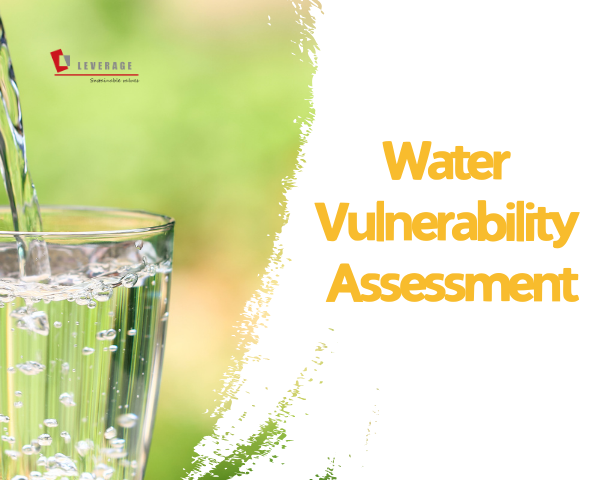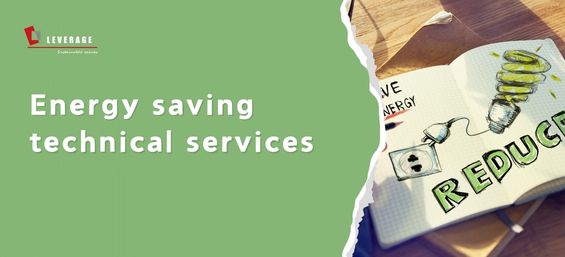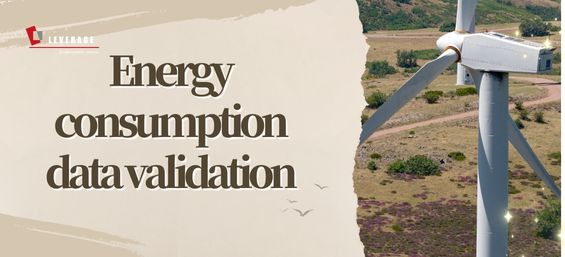

Water Vulnerability Assessment
With economic development, the severe water resource crisis faced by the social environment requires businesses to consider water-related risks within their operational scope as they seek growth. The impact of water stress extends beyond direct water use, affecting various aspects of economic and social well being. Therefore, monitoring water use indicators at both national and corporate levels is crucial for policymakers, corporate executives, and shareholders.Comprehensive analytical methods can better assess the specific risks and potential impacts at the watershed level within a enterprise's operational scope. Understanding the level of water stress and resource vulnerability is essential for developing scientifically sound water management strategies. Our professional team provides thorough and accurate water vulnerability assessment services.Leverage will evaluate watershed and corporate water risk from three aspects: physical risk, regulatory risk, and reputational risk. This helps enterprises conduct water risk assessments and advance water resource management. The "Water Vulnerability Assessment" considers water availability, total demand,water quality and ecosystem status, governance and regulatory affairs, and potential reputational risks for water users, especially enterprises. Enterprise-specific risks include water dependency, potential pollution treatment, supply chain risks, foreseeable changes in water regulations or specific permits, and the enterprise's relationship with local stakeholders, covering over 100 indicators.

Types of Water Risk Assessments
Water Stress Assessment:
Leverage analyzes and evaluates the impact of factors such as water resource supply and demand,water quality conditions, and environmental changes on water stress. Using scientific models and data analysis, we can objectively and accurately assess water stress in different regions, providing a scientific basis for developing rational management strategies.
Water Resource Vulnerability Assessment:
Leverage considers factors like climate change, natural disasters, and socio-economic conditions to assess water resource vulnerability. By establishing assessment and indicator systems, we can identify potential risks and challenges, providing corresponding countermeasures to help mitigate risks and enhance adaptive capacity.

Assessment Indicator System
Physical Risk: Water shortages; water pollution; water supply risk.
Regulatory Risk: Compliance with wastewater discharge standards; adherence to related discharge regulations; major adjustments in corporate management.
Reputational Risk: Media reports; stakeholder concerns; water disputes; water policies, strategies, and plans; major water-related investments.
Watershed Risk: Ecosystem status, biodiversity, policies/regulations/management plans, political news,and media reports.
Operational Risk: Water usage, water extraction methods, sensitivity of plant operations to water quality and quantity, primary energy sources, wastewater destination and treatment, pollutant discharge into the environment, impact on downstream water environments, regulation and enforcement, water environment risks, policies, regulations, and management systems, proportion of local watershed water use.
Accurately identifying water sources and water risks is a fundamental element of sustainable water management. Corporate users can select appropriate projects for water-related risk assessment based on their actual needs.Leverage's "Water Vulnerability Assessment" can guide enterprises in developing strategic methodsto mitigate water crises, provide multiple tool indicators for measuring effectiveness, and offer case studies on addressing freshwater shortages. This enables enterprises to make more informed and valuable decisions and action plans based on reliable data from numerous indicators, achieving the desired outcomes.


